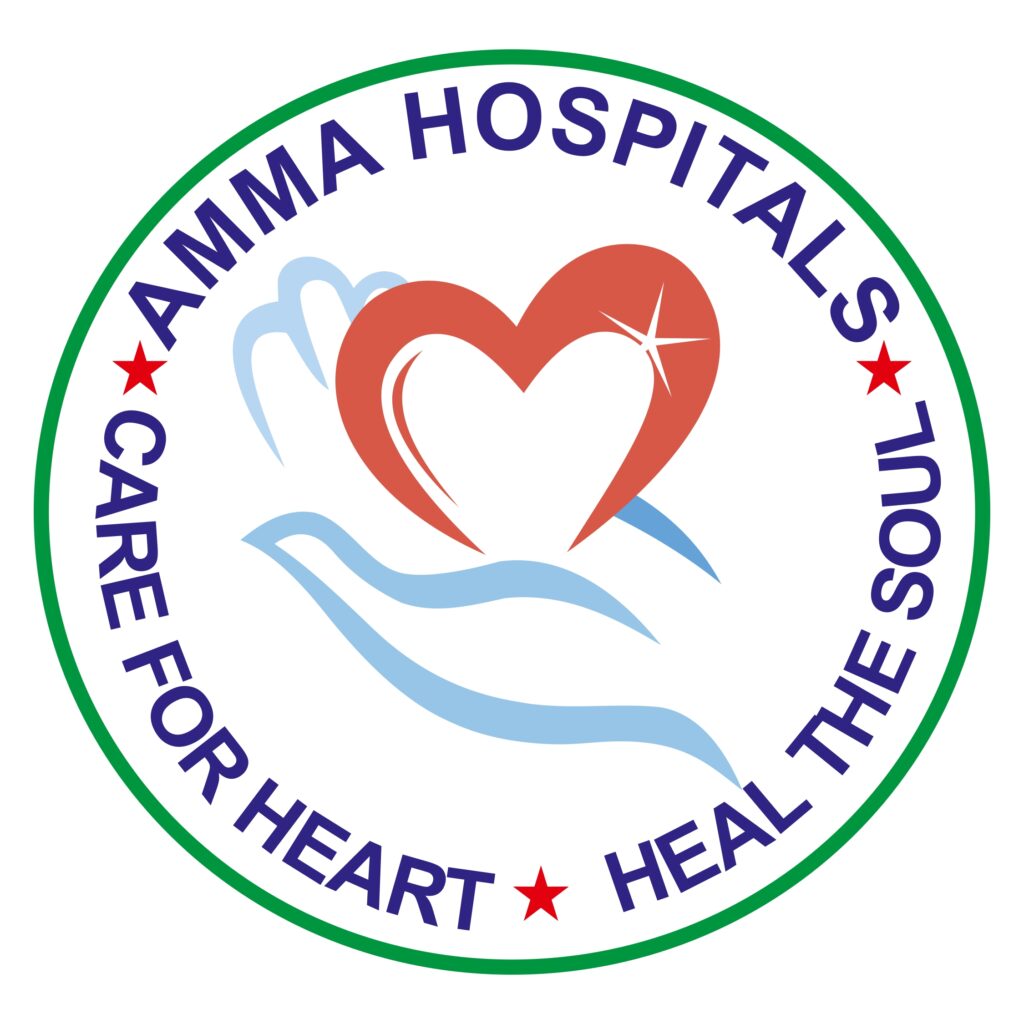Introduction: What Is Angina and Why Is It Important?
Chest pain can be scary. Often, it is a sign that something is wrong with your heart. Angina is a type of chest pain that happens when your heart does not get enough oxygen-rich blood. Because angina can signal a serious heart problem, it is important to know its signs. Early action can save lives. According to the World Health Organization, heart disease is a leading cause of death worldwide. Therefore, knowing about angina and chest pain emergencies can help you or your loved ones stay safe.
Symptoms: Typical and Atypical Signs of Angina
Angina symptoms can vary from person to person. Usually, angina feels like pressure or squeezing in the chest. However, it can also show up in other ways. For example, some people feel pain in their arms, neck, jaw, or back. Others may only feel shortness of breath or tiredness. It is important to know both typical and atypical symptoms.
On the other hand, some people, especially women and older adults, may have less obvious symptoms. For instance, they might feel only mild discomfort, indigestion, or fatigue. Because these signs are easy to miss, always take new or unusual chest pain seriously.
Causes: Common Causes and Risk Factors for Angina
Most often, angina is caused by reduced blood flow to the heart. This usually happens due to narrowed or blocked heart arteries. Several risk factors can increase your chance of developing angina. For example, high blood pressure, high cholesterol, and diabetes are common causes. Smoking, obesity, and lack of exercise also raise your risk. In addition, stress and a family history of heart disease can play a role.
Because these factors are common, it is important to know your personal risk.
When Chest Pain Is an Emergency: Warning Signs
Sometimes, chest pain can be a sign of a heart attack. In these cases, you need emergency help right away. But how do you know when to seek help for chest pain? Watch for these warning signs:
If you notice any of these signs, call emergency services right away. Quick action can save your life.
Diagnosis: How Is Angina Diagnosed?
Doctors use several tests to find out if you have angina. First, they will ask about your symptoms and medical history. Next, they may do a physical exam. In addition, you might need tests such as:
Because early diagnosis is key, do not delay seeing a doctor if you have chest pain.
Treatment: Angina Treatment Options
Treatment for angina depends on how severe your symptoms are. Often, doctors start with lifestyle changes and medicines. For example, you may need drugs to lower blood pressure, cholesterol, or prevent blood clots. In some cases, more advanced treatments are needed. These may include:
Your doctor will choose the best angina treatment options for you. Always follow your treatment plan closely.
Prevention & Lifestyle Guidance: Reducing Your Risk
While you cannot change some risk factors, you can lower your risk of angina with healthy habits. For instance, eating a balanced diet and staying active help your heart. Here are some tips:
Because prevention is better than cure, start making small changes today.
Conclusion & Call-to-Action
In summary, angina is a warning sign that your heart needs attention. Chest pain should never be ignored, especially if it is new, severe, or lasts more than a few minutes. If you experience chest pain or suspect angina, consult a cardiologist promptly for personalized care.


